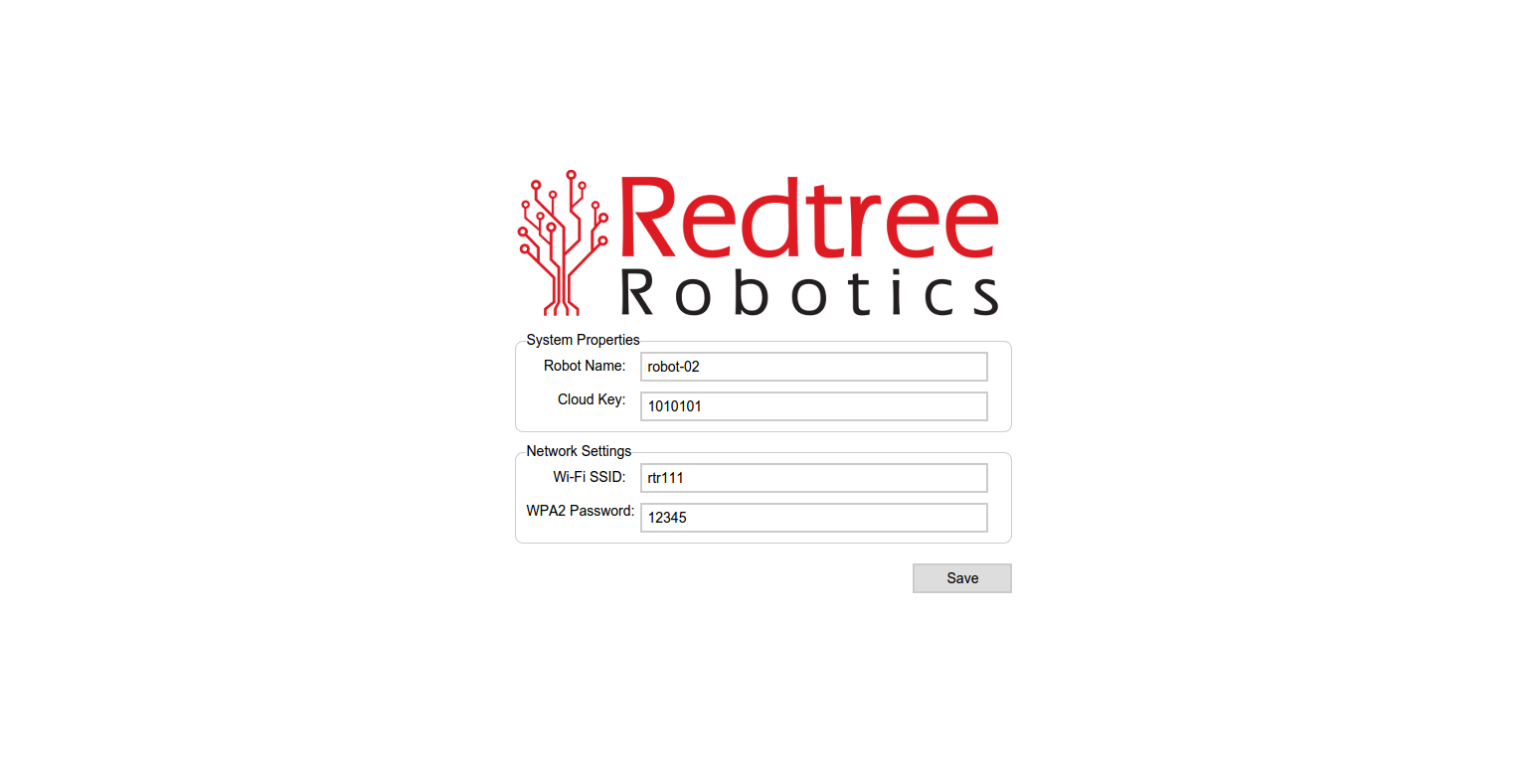The last few posts were pretty much all about progress so far related to hardware. This update will be focused on software. What makes the Redtree Hydra run, how do you program it and what is the current state.
FPGA Configuration / Programming:
Since the Hydra runs an FGPA - and this is how all of the peripherals are connected (enabling really flexible I/O assignments and near plug-and-play robotics) - we have a configuration tool being completed where you specify with a graphical interface exactly what you are connecting to the robot. For instance, you might some UARTs, and some analog I/O for your particular robot configuration. You might want to come back later and add I2C as well - that is all easy and possible. Our toolchain will then configure the FPGA bitstream for you so you don't have to program in VHDL or Verilog.
Real-time Linux:
Next for the operating system. One of the key limitations of many of the existing platforms people use for robotics is that they aren't real-time. In some cases - they are "deep-embedded" and don't run Linux so they are totally dependent on the libraries created for the platform. We have a customized Linux 3.14-RT kernel. This means you get the benefits of real-time along with the flexibility of full compatibility with anything that runs on Linux. Furthermore, we run Debian, so you can also take advantage of anything in the Debian armhf repositories.
Library Compatibilities:
We know that people who build robots like to use whatever tools are available, and we aren't interested in re-inventing good things ourselves. Our systems are compatible right out of the box with ROS, OpenCV and other popular robotics tools. Further down the line we can see compatibility with Matlab / Labview as well.
Redtree Middleware:
In order to make it easy to access data from the sensors, motors and components connected to the robot, we also provide a library of function calls that work with the FPGA side of things. In addition, this library also provides a framework for easily programming real-time tasks, tasks that fire on data changes and lots of other cool features we'll post about in future updates. Finally, because the Redtree Hydra comes with built-in Wi-Fi, Bluetooth, 4G/LTE and Zigbee - part of the middleware manages all of these networks for you. The software will automatically form mesh networks between groups of Hydras in range of each other. If one network goes down (eg: Wi-Fi) the Hydra will automatically continue to use another option (eg: 4G/LTE). The same libary also provides the ability to send any data point (ie: variable) into the cloud with a single function call.
Wireless Configuration:
On first boot of a Redtree Hydra, the system creates it's own Wi-Fi access point which the programmer can connect to with a computer. The programmer can then visit a webpage and configure it, similar to how setting up a DD-wrt router works. This is an early version that just lets you configure the Wi-Fi SSID, name the robot (this is important if you want to write code in one robot that depends on a very specific second robot), and some of the cloud connectivity.

Cloud Connectivity:
On the cloud side, anything from the robot can be visualized in near real-time (all the data is dumped to a MySQL DB so you can use the cloud infrastructure we are building or use your own - you own all of your own robot data). Here's a short video that shows a little bit about what this means:
There will be more details to follow including some sample code in the coming days, but hopefully some of this has piqued people's interest.
 Redtree Robotics
Redtree Robotics
Discussions
Become a Hackaday.io Member
Create an account to leave a comment. Already have an account? Log In.